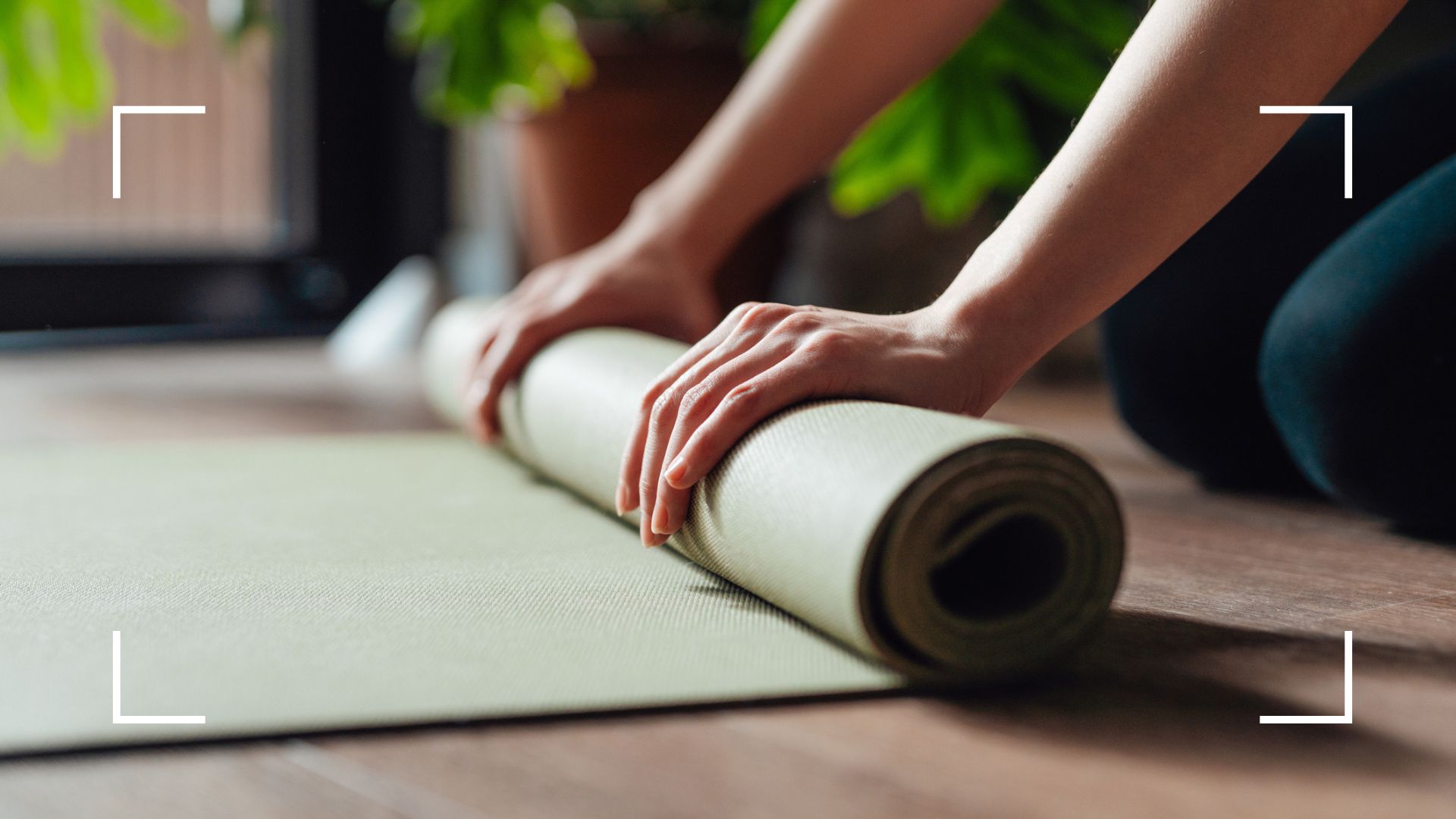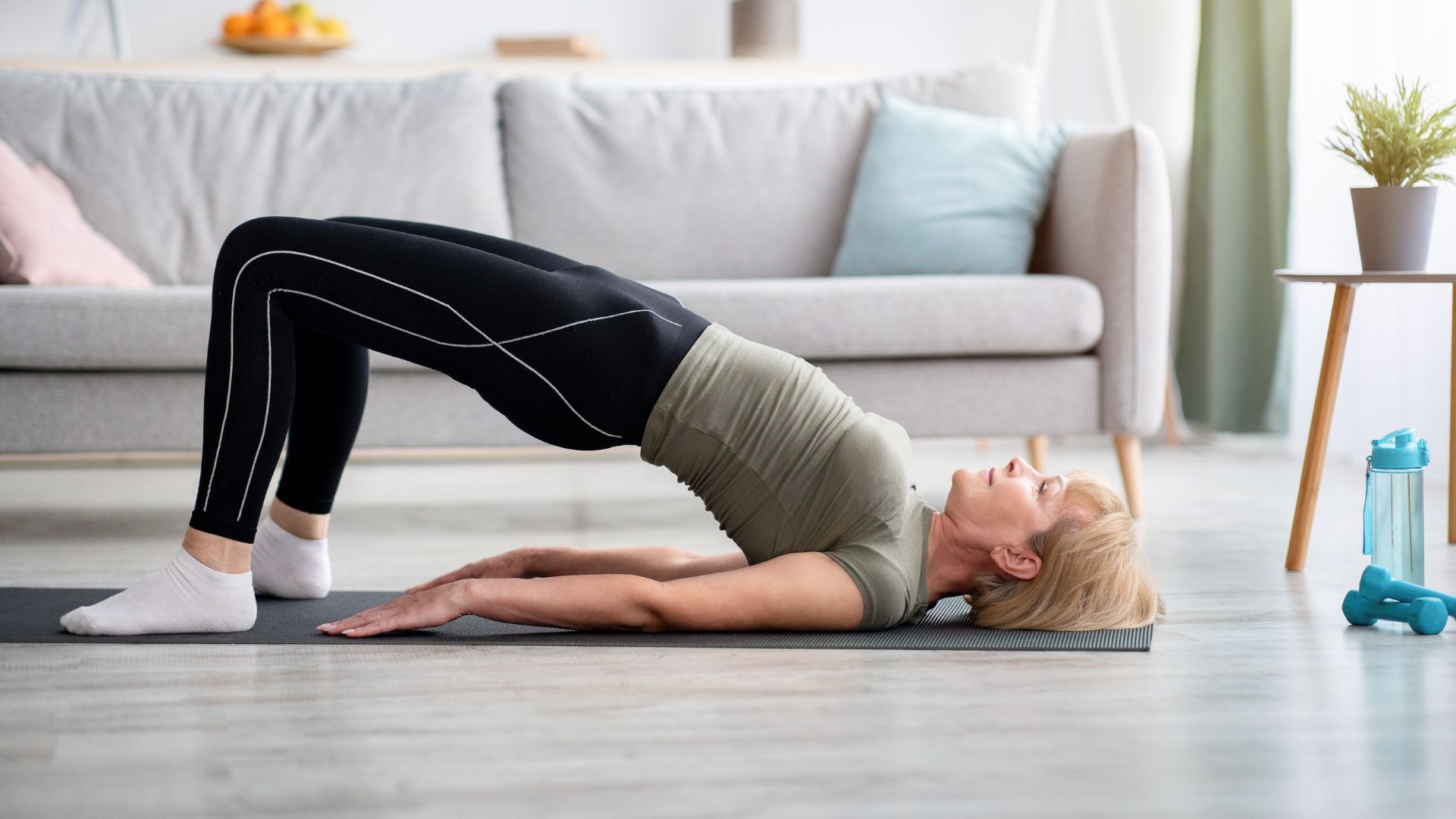
While doing a full-body Pilates workout might not have been something you thought essential to your exercise routine, it can boost your fitness in numerous ways - from improved strength and balance to greater flexibility and mobility.
Even better is that you can do some Pilates every day as it's a movement that can easily be done at home. All you need is enough space to stretch out your body - from the tips of your fingers, through your core, and to the points of your toes. What's more, since the practice is low-impact, it is ideal if you are new to fitness or want to minimise the risk of injury.
Not sure where to get started? Firstly, you'll want to roll out one of the best yoga mats so you can train comfortably. Next, we've called on two certified instructors to guide you step-by-step through the five key focuses - including core, glutes and back - of a well-rounded Pilates session, so you can start reaping the benefits of the workout in no time at all.
5 full-body Pilates moves to try:
1. Pelvic curl
2. Ab curl
3. Glute bridge
4. Tricep dips
5. Thoracic lifts
A full-body Pilates workout to try at home
Pelvic curl
Lottie Anderson, a Pilates instructor, recommends starting your full-body Pilates workout with a pelvic curl - and, like all moves in this workout - she suggests aiming for 20 reps and two sets. "Lie on your back, knees bent with heels under your knees," says the founder of studio Bondi Rise. "Gradually lift your hips to the ceiling, moving slowly through the spine."
She notes: "This is wonderful for mobility, warming up the spine whilst working the lower body."
Ab curl
Core work is a key part of Pilates, and Anderson suggests adding an ab curl with legs in the tabletop into your session. "Stay lying on your back from your pelvic curl, but melt your lower back to the mat so it’s connected, and lift your legs to a table top position with your hands behind your head," she explains.
"Every time you exhale, gently tuck your chin to chest and lift your head and shoulders off the mat and then slowly lower back down to your mat." You should feel your abdominals firing.
Glute bridge
Pilates teacher Abby McLachlan, the founder of studio East of Eden, reveals the glute bridge is ideal for strengthening your bum and stretching your lower spine all at once. "Think of your spine as a pearl necklace - you must pick your spine up, bone by bone, by curling your pelvis and pressing up with your bum until your body is in a straight line at the top," she explains. "Then melt back down, ribcage first, still squeezing your glutes until you have landed your pelvis." Try doing this just after waking up, when your spine is still relaxed and malleable.
For another way to target the glutes, Anderson suggests doing the horse kick. "Begin in a four-point kneeling position - meaning hands under shoulders and knees under hips - and extend one leg back behind you on the mat keeping your hips level," she explains. "Every time you breathe out, squeeze your glutes together as you lift that extended leg slowly up to the ceiling and then slowly lower back down, and tap the mat gently." Keep going with the same leg before switching for the second set.

Tricep dips
Anderson notes that tricep dips are an effective way to train your arms and core simultaneously. "Stay in the four-point kneeling position," she explains. "But bend your elbows back to your thighs, keeping your hips still and high - so don’t shift backwards - and lower your chest to the mat, then press yourself back into the four-point kneeling every time you breathe out." This is also an important move to include if you're using Pilates for strength training.
Thoracic lifts
McLachlan recommends thoracic lifts for building strength in your back area. "Lay on the floor face down, with one hand on top of the other and your forehead on your hands," she explains. "With your feet together, stretch your head away from your feet and come into a low hover as you inhale. Then exhale to lower back down, and try to slide your shoulder blades down to your back pockets and open your collarbones as you lift to engage as many muscles as you can and support your lumbar spine."
Another effective back exercise, particularly through the upper section says Anderson, is knee hovers. "Do the four-point kneeling position again and tuck your toes under," she explains. "On your exhale aim to lift your knees off the mat by about one to two inches, do one breath here and then lower down." She notes that it will also simultaneously work your deep abdominals if you're looking to do more core exercises at home.
Is Pilates a good full-body workout?
Yes, Pilates is a fabulous form of exercise to work the full body, says Anderson, whether you opt for traditional mat Pilates, Reformer, or wall Pilates. "It uses both body weight with mat Pilates and the addition of weights and resistance training in Reformer Pilates to work all the traditional 'big' muscles that everyone is familiar with," she explains. "But [it works] also the teeny tiny supporting muscles that are hugely beneficial to improve both strength, flexibility, mobility, and posture, and keeps the body in alignment."
If you're trying Pilates for beginners, then you shouldn't be put off by the concept of a full-body Pilates workout. "It is low-impact movement, so it’s an excellent choice of workout for all fitness levels, body types and ages," points out Anderson.
Similarly, compared to some other workouts that require lots of equipment - or even going into a gym or fitness studio - it is possible to train in your own space with a full-body Pilates workout. "There are so many great online workouts," she notes, and more sitting among the best yoga apps and best stretching apps. "Plus, being guided by an instructor in this way will not only help you perform the move correctly but also keep you accountable."
Can you get fit just with Pilates?
A full-body Pilates workout is intended to target everything from your core and arms to your glutes and back. "Like any form of exercise, as long as you stay consistent you will see results," insists Anderson. "It can improve your fitness in a multitude of ways, since it focuses on building strong, long and lean muscles, and helps with mobility as well as flexibility."
What's more, the benefits of Pilates are not just physical. Many people consider yoga to be the most beneficial for relaxation in the Pilates vs yoga debate, but that's not always the case. "Since we focus on the breath throughout the class, it’s also great for mental health too," she adds. "The feeling after class is like no other, leaving you relaxed and wanting that post-Pilates feeling again and again."
However, don't forget about the benefits to your wellbeing of getting off your mat and outside too. With most major health bodies, including the NHS, recommending at least 150 minutes of moderate exercise a day, it's important to have diversity in your exercise routine. Trying Pilates with other exercises, like the 3-2-8 method or just walking 30 minutes a day (perhaps to a nearby Pilates studio), can also have a positive effect on your physical and mental health.







